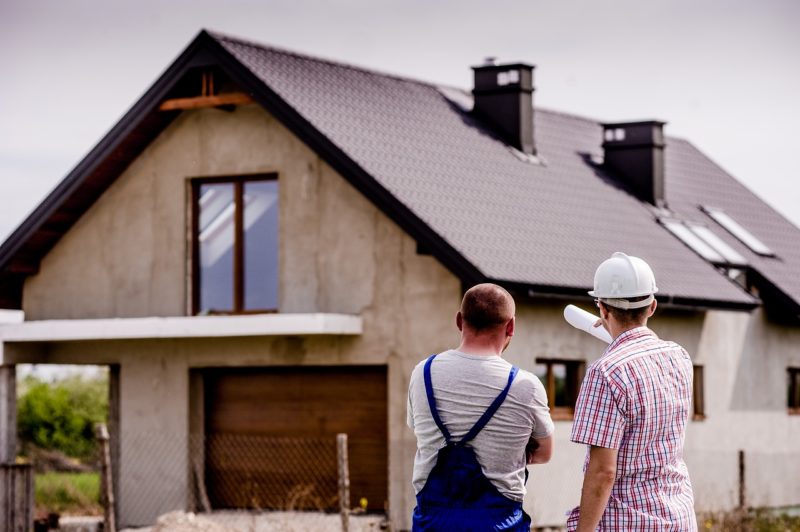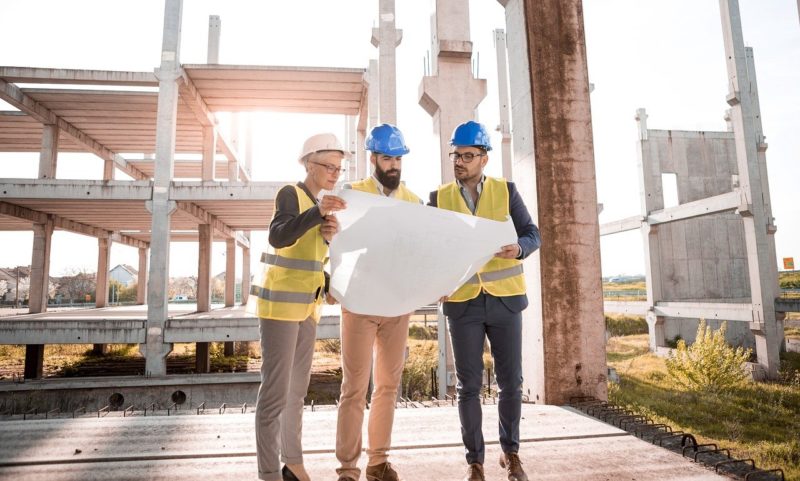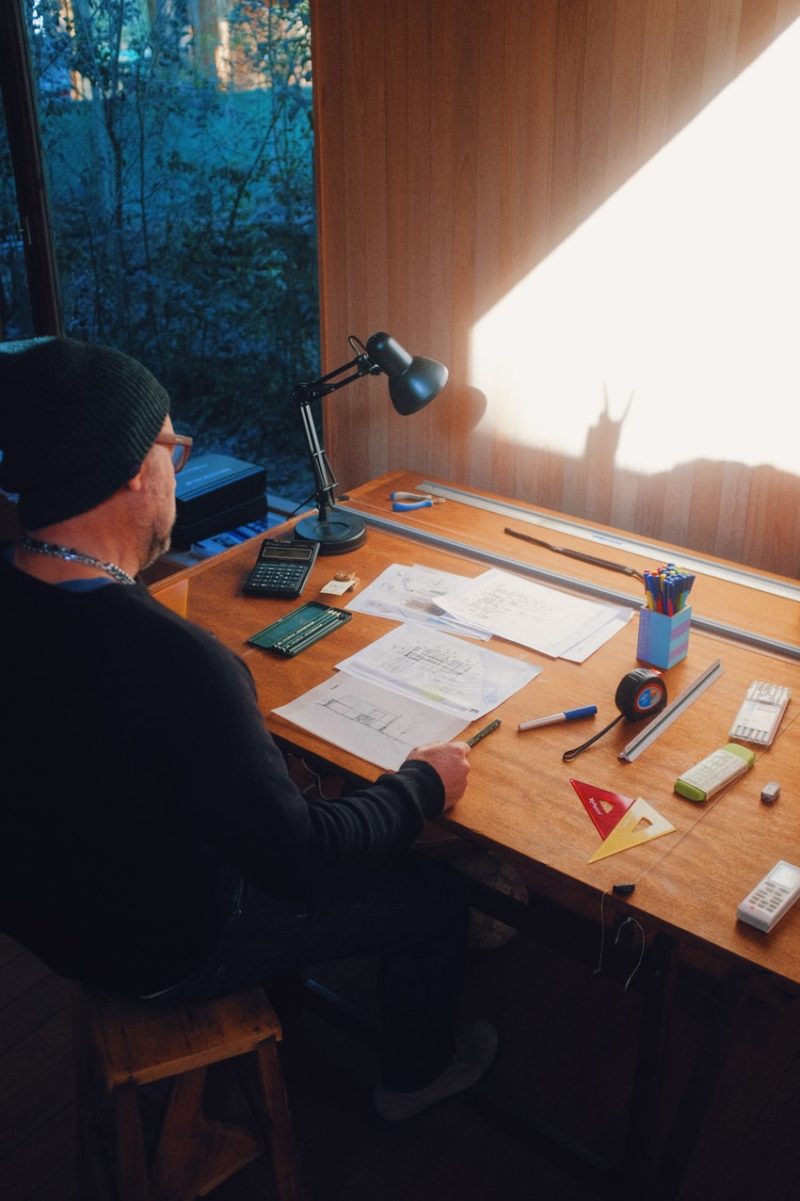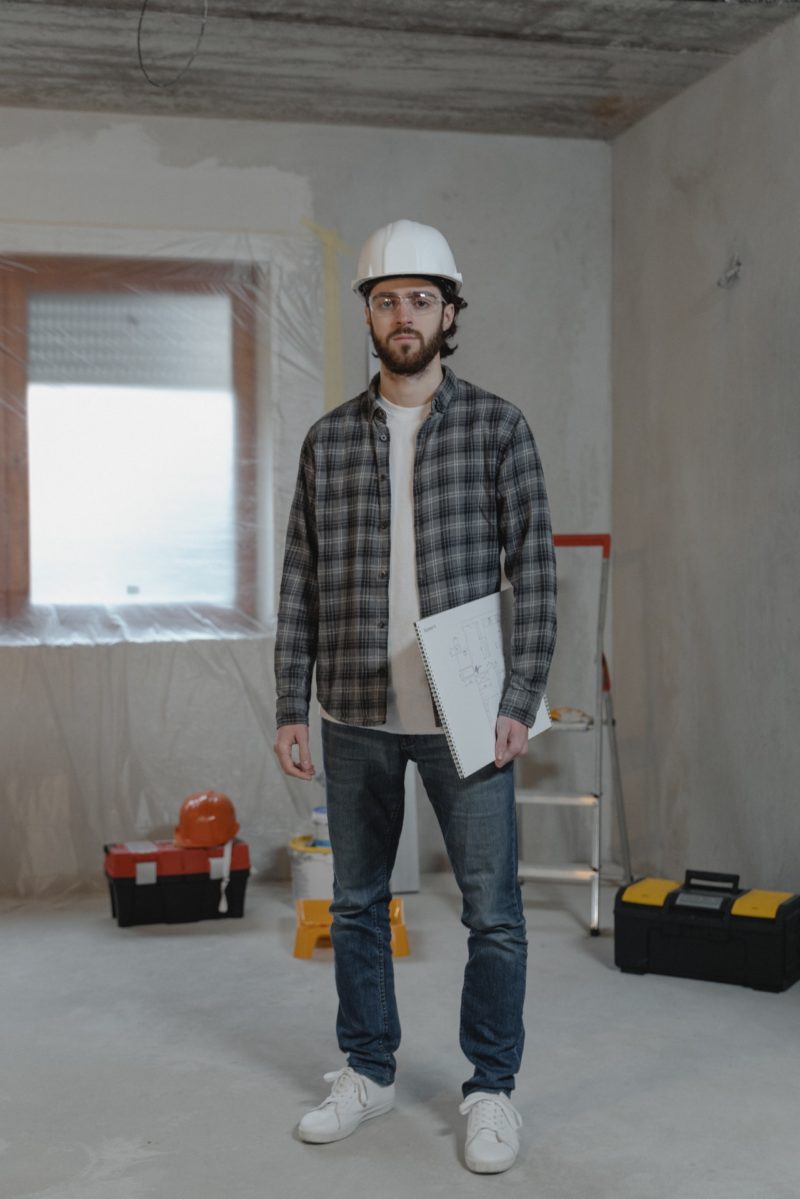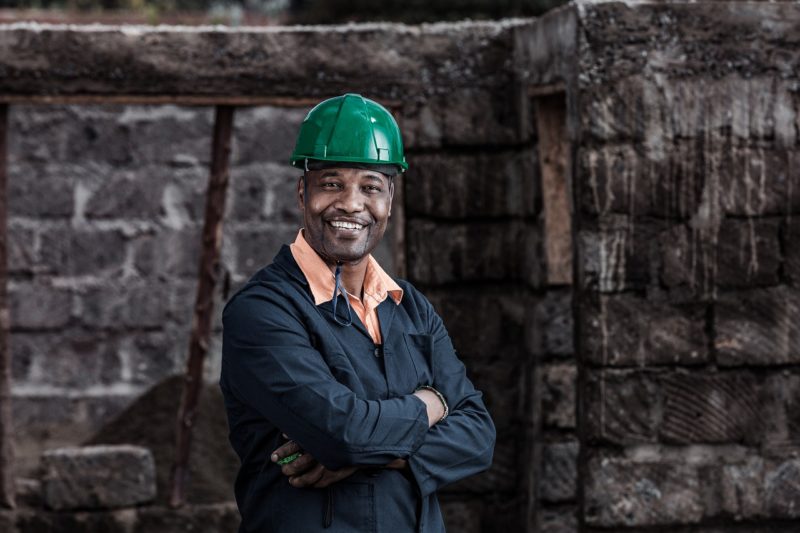Difference Between a Builder and an Architect
The execution of any design and construction project requires the expertise of several skilled industry professionals. The teamwork between the project architect and builder creates structures and projects that are architecturally pleasing, functional, secure, and built to last. While their main objectives aim towards reaching the same goal, these experts take on contrasting roles and responsibilities throughout the project.
Architects and builders often work closely together, but the nature of their job descriptions are fundamentally different. In this article, we will discuss the differences of each profession to help you better understand a way to accommodate them on your next construction project.
What Does an Architect Do?
By definition, an architect conceptualizes designs and ideas, which they convey into blueprints. They target the aesthetic of the structure and functionalities to meet the client’s demands. Architects generate ideas, propose them to the client, then see them to fruition. Their key responsibilities encompass the following:
1. Design and Planning
A well-conceived design and efficient planning are essential to the success of any commercial project. The architect has to bring life to a design by incorporating changes and identifying them as much as possible before the execution phase. They ensure that each space is appropriately sized based on the client’s request.
“A good architect should also have a firm grip on local planning (zoning) laws and solid relationships with local government authorities,” comments Ruban Selvanayagam of homebuying group in the UK Property Solvers.
2. Future Flexibility
Nowadays, many people are interested in creating age-in-place spaces where construction details are considered during the design phase to ensure the area is suitable for individuals aging in their homes independently. Architects must have the flexibility to plan and account for the changing needs of the users.
3. Creativity + Problem-Solving
Any construction or building project is often a mammoth undertaking. A good architect must have sufficient creativity and problem-solving skills to anticipate potential obstacles and work their design around them.
4. Building + Construction Know-How
Construction projects require professionals who are knowledgeable of working with the building, planning, zoning, and permits. Regulations and policies are often complicated documents that are difficult for someone outside the industry to comprehend. Working with an expert to guide through the regulatory maze is essential and can speed up the project, saving time and money for all concerned.
5. Latest Techniques + Building Assemblies
An architect needs to keep abreast of the latest technologies and advancements in the construction world to meet the demands of society today. Working with someone who can take advantage of the latest trends is beneficial.
6. Site Selection + Building Location
A thorough analysis of the site of the building project is utterly essential. Reviewing site features, topography, utility access, vehicular access, and views helps architects find the ideal location for the project.
7. Energy Efficiency
Maximizing energy efficiency is arguably beneficial for the client for years to come. Successfully harnessing nature’s energy resources and organizing heating and cooling strategies allows you to reduce your carbon footprint. In addition, architects should develop economic ways of conserving energy, water, and other resources.
What Does a Builder Do?
Builders can execute construction projects from start to finish, giving life to blueprint designs provided by the architect. They ensure that the building will be safe and habitable, ensuring that it can endure everyday wear and tear and extreme conditions. Listed below are the builder’s scope of responsibilities.
1. Planning and Execution
The builder’s general function encompasses the planning and execution of all construction activities of a building. Their duty involves supervising employees, orchestrating how the project would be carried out, and completing the structure in a manner that abides by all laws and regulations. Builders are also in charge of keeping the workers and project site safe by installing safety devices such as security cameras, safety signs and precautions, and even fire-rated stainless steel access doors.
2. Providing Necessary Equipment
The builder is responsible for providing all the materials, labor, equipment, services and obtaining the permits necessary for the building project. There are times that they need to hire sub-contractors for additional assistance in large-scale constructions.
3. Budgeting
The builder must establish the project and adhere to it as much as possible, allowing them to secure materials, hire workers, and finish the construction cost-effectively. Following the proposed budget avoids any unnecessary expenditures and cost overruns.
The architect and builder play very distinct roles in a construction project. It would be highly beneficial for you to engage with both to always be up to date and plan if needed. Their unique relationship makes for a fascinating and compelling dynamic that often leads to quality results and high client satisfaction.

